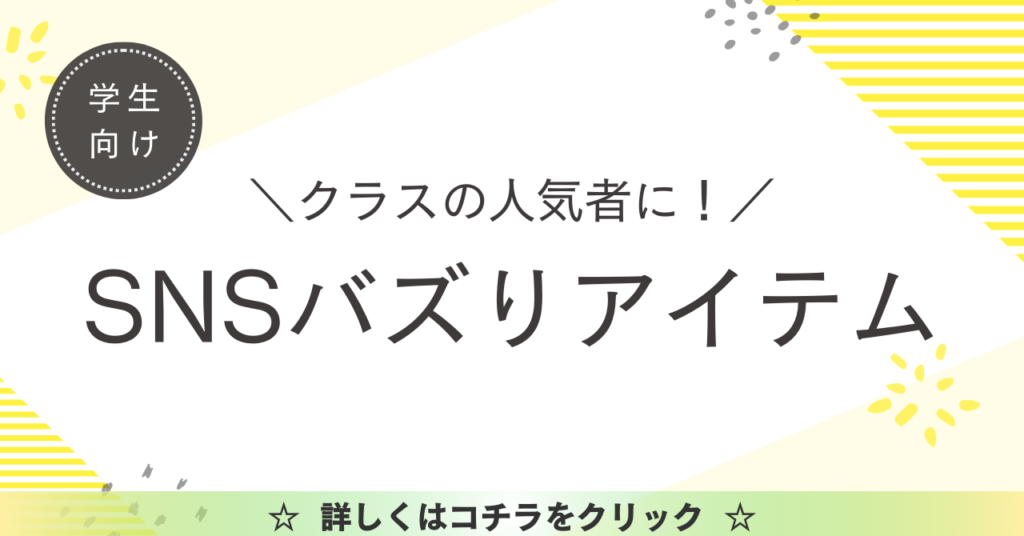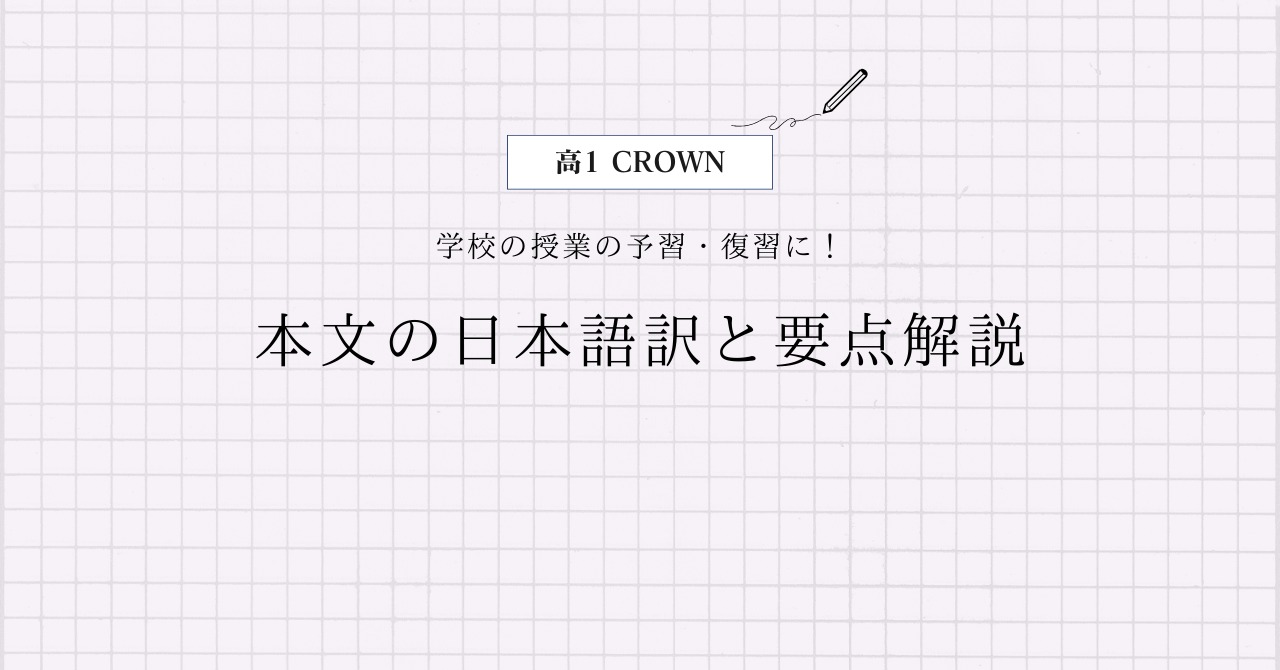三省堂 高1CROWN English Communication1 Lesson9 Section1の本文の日本語訳と重要箇所の解説です。
Section9-2, 9-3, 9-4の解説はこちらからご覧ください。
>高1CROWN English Communication1 Lesson9 Section2 本文和訳
>高1CROWN English Communication1 Lesson9 Section3 本文和訳
>高1CROWN English Communication1 Lesson9 Section4 本文和訳
- CROWN English Communication1 Lesson9 Section1 本文と日本語訳
- CROWN English Communication1 Lesson9 Section1 重要事項の解説
- Easter Island (Rapa Nui) is famous for its giant statues called moai.
- But did you know that the most famous statue is in the British Museum?
- Moreover, it was stolen from the islanders.
- Here is the story.
- The story began when a British ship arrived at Easter Island in 1868.
- The crew saw huge statues scattered on a hillside.
- Most of the statues were damaged, but there was one smaller statue, about 2.4 meters in height, in perfect condition.
- The crew took the statue without asking permission from the islanders.
- In short, they stole it.
- They brought it to England as a gift for Queen Victoria, who donated it to the British Museum.
- It is known as Hoa Hakananai’a, Rapa Nui words which can be translated as “Lost Friend.”
- About 150 years later, the story took a new turn.
- In 2017 the Rapa Nui people gained control of their land, which had been part of Chile since 1888.
- One of the first things they did was to try to bring Hoa Hakananai’a back to Easter Island.
- They formed a delegation to ask the British Museum to let their Lost Friend come home.
- CROWN English Communication1 Lesson9 Section1 まとめ
CROWN English Communication1 Lesson9 Section1 本文と日本語訳
Our Lost Friend
「私たちの失われた友人」
Easter Island (Rapa Nui) is famous for its giant statues called moai.
「イースター島(ラパ・ヌイ)はモアイと呼ばれる巨大な像で有名です。」
But did you know that the most famous statue is in the British Museum?
「しかし、もっとも有名な像は大英博物館にあることを知っていましたか?」
Moreover, it was stolen from the islanders.
「さらに、それは島の住民から盗まれました。」
Here is the story.
「これはそのお話です。」
The story began when a British ship arrived at Easter Island in 1868.
「その話は、1868年にイギリス船がイースター島に到着したことから始まりました。」
The crew saw huge statues scattered on a hillside.
「船員は丘の中腹に巨大な像が散らばっているのを見ました。」
Most of the statues were damaged, but there was one smaller statue, about 2.4 meters in height, in perfect condition.
「像のほとんどは傷つけられていましたが、およそ2.4mの高さの、完璧な状態の小さな像が1つありました。」
The crew took the statue without asking permission from the islanders.
「船員は島民から許可を求めることなく、その像を持っていきました。」
In short, they stole it.
「要するに、彼らは像を盗んだのです。」
They brought it to England as a gift for Queen Victoria, who donated it to the British Museum.
「彼らはそれをヴィクトリア女王への贈り物としてイングランドに持っていき、彼女はそれを大英博物館に寄贈しました。」
It is known as Hoa Hakananai’a, Rapa Nui words which can be translated as “Lost Friend.”
「それは『失われた友人』と翻訳されるラパ・ヌイの言葉、ホア・ハカナナイアとして知られています。」
About 150 years later, the story took a new turn.
「約150年後、その話は新たな局面を迎えました。」
In 2017 the Rapa Nui people gained control of their land, which had been part of Chile since 1888.
「2017年に、ラパ・ヌイの人々が彼らの支配権を手に入れました。というのも、その土地は1888年からチリの一部でした。」
One of the first things they did was to try to bring Hoa Hakananai’a back to Easter Island.
「彼らが行った最初のことの1つは、ホア・ハカナナイアをイースター島に持ち帰ろうとすることでした。」
They formed a delegation to ask the British Museum to let their Lost Friend come home.
「彼らは失われた友人を家に帰らせてくれるよう大英博物館に頼むための代表団を結成しました。」

CROWN English Communication1 Lesson9 Section1 重要事項の解説
Easter Island (Rapa Nui) is famous for its giant statues called moai.
“Easter Island”は「イースター島」ですね。
“be famous for~”は「~で有名だ」という重要表現で、“its”は“Easter Island”を指しています。
“giant”は「巨大な」という形容詞、“statue”は「像」、“moai”は「モアイ」という名詞になります。
また、“called”は「過去分詞」になっていて、“called moai“が直前の“its giant statues“を修飾しています。
But did you know that the most famous statue is in the British Museum?
“know”の後ろには「接続詞that」がありますね。
“famous”は「有名な」という形容詞で、ここでは「最上級」になっています。“the British Museum”は「大英博物館」です。
Moreover, it was stolen from the islanders.
“moreover”は「さらに、そのうえ」という副詞です。
“it”は“moai”を指していて、“stolen”は“steal(を盗む)”の過去分詞形ですね。ここでは「受動態」になっています。
“islander”は「島民」という名詞になります。
Here is the story.
“Here is~.”は「ここに~がある、これが~だ」くらいで訳せばOKです。
The story began when a British ship arrived at Easter Island in 1868.
“began”は“begin(始まる)”の過去形で、後ろには「接続詞when」もありますね。
“British”は「イギリスの」という形容詞、“ship”は「船」という名詞、“arrive”は「着く、到着する」という動詞です。
The crew saw huge statues scattered on a hillside.
“crew”は「乗組員、船員」、“hillside”は「丘の中腹」といった名詞、“huge”は「巨大な」という形容詞ですね。
“see”は「知覚動詞」で、“see 名詞 動詞の過去分詞形”という形で「名詞が~されるのを見る」という意味になります。
“scatter”は「をばらまく、散りばめる」といった動詞です。
Most of the statues were damaged, but there was one smaller statue, about 2.4 meters in height, in perfect condition.
“most of~”は「~のほとんど」という重要表現です。
“damage”は「を傷つける、に被害を与える」といった動詞で、ここでは「受動態」になっています。
また、後半の文は「there構文」になっていますね。
“smaller”は「比較級」で、他の像と比べて小さいということです。
“about”は「約、およそ」という副詞、 “in height”は「高さで」、“in condition”は「~という状態で」という表現になります。
“perfect”は「完璧な」という形容詞ですね。
The crew took the statue without asking permission from the islanders.
“took”は“take(を持っていく、連れて行く)”の過去形で、“without”は「~なしで」という前置詞です。
“ask permission”は「許可を求める」という表現で、ここでは前置詞の後ろのなので「動名詞」になっていますね。
In short, they stole it.
“in short”は「要するに、つまり」という重要表現です。
“they”は“The crew”を、“it”は“the statue”を指していて、“stole”は“steal(を盗む)”の過去形ですね。
They brought it to England as a gift for Queen Victoria, who donated it to the British Museum.
“They”は“The crew”を、“it”は“the statue”を指していて、“brought”は“bring(を持ってくる)”の過去形です。
“England”は「イギリス」、“gift”は「贈り物」、“Queen Victoria”は「ヴィクトリア女王」という名詞になります。
“as”は「~として」という前置詞ですね。
“, who donated it to the British Museum”はカンマがあるので、“who”は「主格の関係代名詞」の「非制限用法」です。
「非制限用法」の場合は、後から付け加えるように訳をとっていけばOKです。
“donate”は「を寄付する、寄贈する」という動詞になります。
It is known as Hoa Hakananai’a, Rapa Nui words which can be translated as “Lost Friend.”
“It”は“the statue”を指していてます。また、この文は「受動態」になっています。
“Hoa Hakananai’a”と“Rapa Nui words”は「同格語」になります。“名詞,名詞”の並びは「同格語」の可能性が高いですよ!
“which”は「主格の関係代名詞」で、“which can be translated as “Lost Friend.””が先行詞“Rapa Nui words”を修飾しています。
“translate”は「を翻訳する」という動詞で、ここも「受動態」になっていますね。
“lost”は“lose(を失う)”の過去分詞形で、ここでは「過去分詞」として“Friend”を修飾しています。
About 150 years later, the story took a new turn.
“later”は「後に」といった副詞です。
“take a new turn”は「新たな局面を迎える」という表現になります。
In 2017 the Rapa Nui people gained control of their land, which had been part of Chile since 1888.
“gain”は「を得る」という動詞、“control”は「支配、制御」、“land”は「土地、陸地」といった名詞です。
“of”は前置詞で,”A of B”の形で「BのA」というように後ろから前に訳します。
“, which had been part of Chile since 1888”はカンマがあるので、“which”は「主格の関係代名詞」の「非制限用法」です。
今回は間に「というのも」を挟みました。
“be part of~”は「~の一部だ」という表現で、ここでは「過去完了の継続用法」になっています。
One of the first things they did was to try to bring Hoa Hakananai’a back to Easter Island.
“one of~”は「~の1つ」という表現で、“first”は「最初の」という形容詞、“thing”は「こと、もの」という名詞ですね。
“things”の後ろには「目的格の関係代名詞which/that」が省略されていて,“they did”が先行詞“the first things”を修飾しています。“they”は“the Rapa Nui people”を指しています。
“try to 動詞の原形”は「~しようとする」という意味で,これから挑戦するという未来の内容か,挑戦してみたけどダメだったというようなニュアンスで使われることが多いです。難しいといった意味合いが含まれるということですね。
“bring back~”は「~を戻す」といった意味で、“bring ~ back”と表現してもOKです。
They formed a delegation to ask the British Museum to let their Lost Friend come home.
“They”は“the Rapa Nui people”を指しています。
“form”は「を結成する、形づくる」という動詞で、“delegation”は「代表団、派遣団」といった名詞になります。
“ask 人 to 動詞の原形”で「人に~するよう頼む」、“let 名詞 動詞の原形”で「名詞が~するのを許す、名詞に~させてあげる」といった表現です。
“come home”は「帰宅する、帰国する」という意味ですね。
CROWN English Communication1 Lesson9 Section1 まとめ
以上がCROWN English Communication1 Lesson9 Section1の日本語訳となります。
「関係代名詞の非制限用法」「知覚動詞」「使役動詞」などの使い方をしっかり確認しておきましょう!
>高1CROWN English Communication1 Lesson9 Section2 本文和訳
>高1CROWN English Communication1 Lesson9 Section3 本文和訳
>高1CROWN English Communication1 Lesson9 Section4 本文和訳
何か分からない点や他に解説してほしい点があれば,お気軽にコメントしてください!



コメント